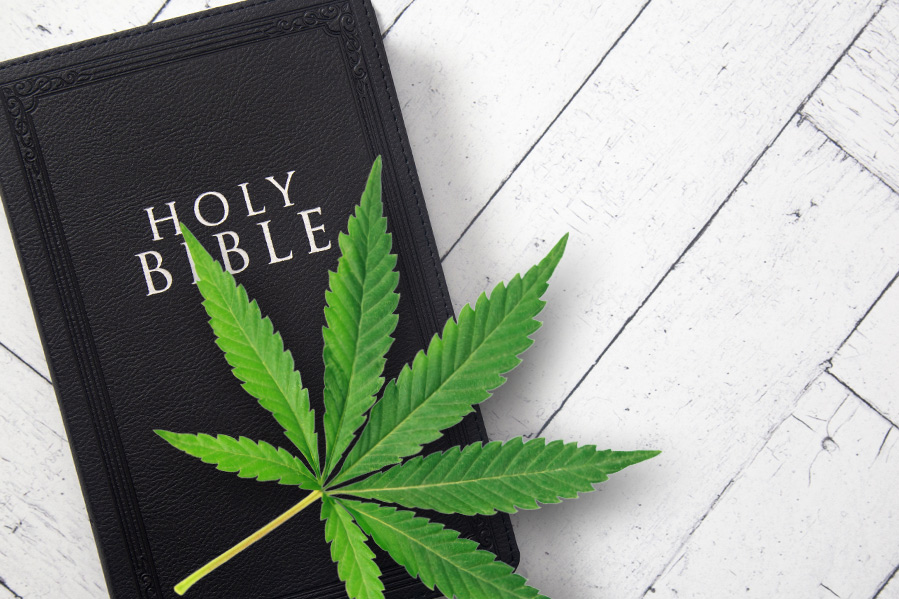
Marijuana In China
by The Ethiopian Zion Coptic Church
Hemp was so highly regarded in ancient China that the Chinese called their country “the land of mulberry and hemp”. Hemp was a symbol of power over evil and in emperor Shen Nung’s pharmacopoeia was known as the “liberator of sin”. The Chinese believed that the legendary Shen Nung first taught the cultivation of hemp in the 28th century B.C. Shen Nung is credited with developing the sciences of medicine from the curative power of plants. So highly regarded was Shen Nung that he was deified and today he is regarded as the Father of Chinese medicine. Shen Nung was also regarded as the Lord of fire. He sacrificed on T’ai Shan, a mountain of hoary antiquity.
A statement in the Pen-ts’ao Ching of some significance is that Cannabis “grows along rivers and valleys at T’ai-shan, but it is now common everywhere.” Mount T’ai is in Shangtung Privince, where the cultivation of the hemp plant is still intensive to this day. Whether or not this early attribution indicates the actual geographic origin of the cultivation of the Cannabis plant remains to be seen. (An Archeological and Historical Account of Cannabis in China by Hui-Lin Li)
A chines Taoist priest wrote in the fifth century B.C. that cannabis was used in combination with Ginseng to set forward time in order to reveal future events. It is recorded that the Taoist recommended the addition of cannabis to their incense burners in the 1st century A.D. and that the effects thus produced were highly regarded as a means of achieving immortality. In the early Chinese Taoist ritual the fumes and odors of incense burners were said to have produced a mystic exaltation and contribution to well-being.
Webster’s New Riverside Dictionary defines marijuana: 1. Hemp 2. The dried flower clusters and leaves of the hemp plant, esp. when taken to induce euphoria. Euphoria is defined as a strong feeling of elation or well-being.
Like the practice of medicine around the world, early Chinese doctoring was based on the concept of demons. The only way to cure the sick was to drive out the demons. The early priest doctors used marijuana stalks into which snake-like figures were carved. Standing over the body of the stricken patient, his cannabis stalk poised to strike, the priest pounded the bed and commanded the demon to be gone. The cannabis stalk with the snake carved on it was the forerunner to the sign of modern medicine (the staff with the entwined serpents.)

